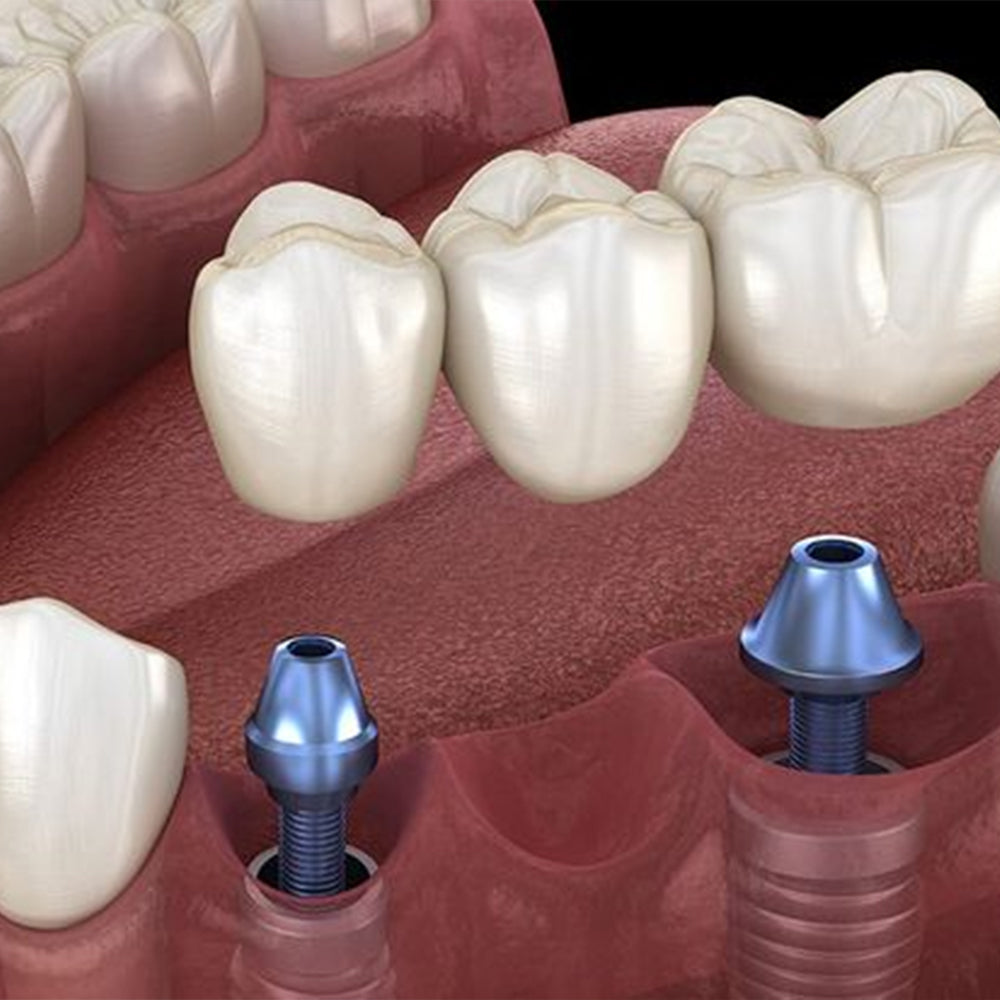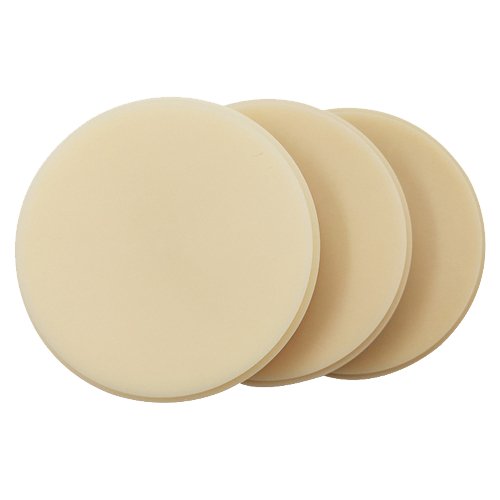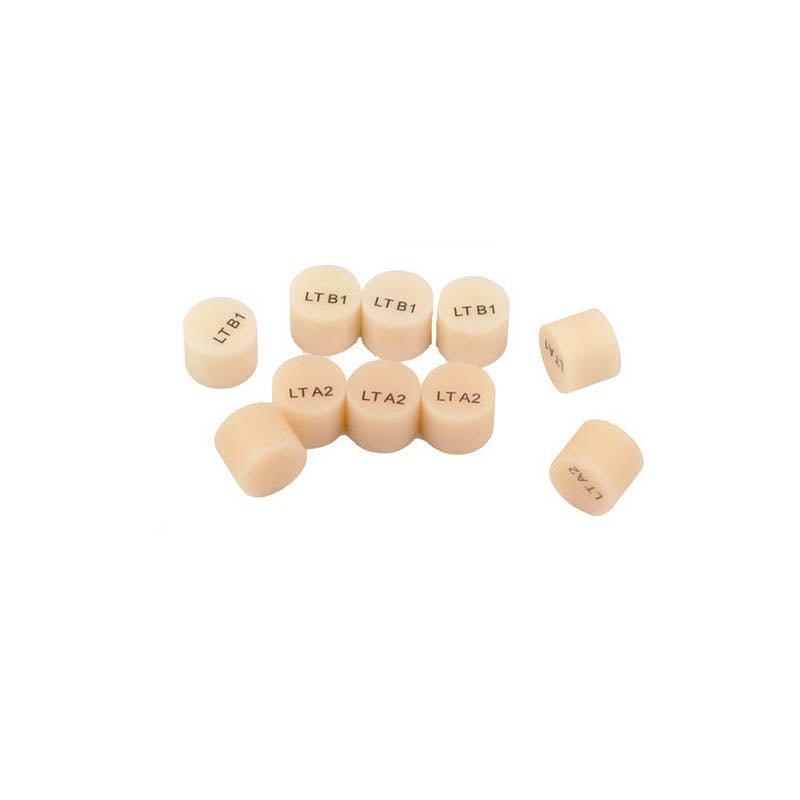When it comes to the durability and longevity of zirconia restored root canal crowns, the design of the occlusal thickness plays a crucial role. But what exactly are the effects of occlusal thickness design on the fracture resistance of these crowns?
Understanding Occlusal Thickness
Occlusal thickness refers to the amount of material between the occlusal surface of the crown and the underlying tooth structure. This design element is essential in determining the overall strength and resistance of the crown to fractures.
Impact on Fracture Resistance
Research has shown that the occlusal thickness design of zirconia crowns directly influences their fracture resistance. Crowns with inadequate occlusal thickness are more prone to fractures, especially under high occlusal forces.
Studies have demonstrated that increasing the occlusal thickness of zirconia crowns can significantly enhance their fracture resistance. By optimizing the design to ensure adequate thickness, the crown can better withstand the forces exerted during mastication and prevent premature failures.
Optimizing Occlusal Thickness
Properly designing the occlusal thickness of zirconia crowns involves a careful balance between strength and aesthetics. While thicker occlusal surfaces improve fracture resistance, excessive thickness can lead to issues with fit, occlusion, and overall esthetics.
It is essential for dental professionals to consider the patient's occlusal forces, parafunctional habits, and esthetic requirements when determining the ideal occlusal thickness for zirconia crowns. By customizing the design to each patient's specific needs, the risk of fractures can be minimized.
Conclusion
In conclusion, the occlusal thickness design plays a critical role in the fracture resistance of zirconia restored root canal crowns. By carefully optimizing the thickness based on individual patient factors, dental professionals can ensure the longevity and durability of these restorations.






